- English
- Español
- Português
- русский
- Français
- 日本語
- Deutsch
- tiếng Việt
- Italiano
- Nederlands
- ภาษาไทย
- Polski
- 한국어
- Svenska
- magyar
- Malay
- বাংলা ভাষার
- Dansk
- Suomi
- हिन्दी
- Pilipino
- Türkçe
- Gaeilge
- العربية
- Indonesia
- Norsk
- تمل
- český
- ελληνικά
- український
- Javanese
- فارسی
- தமிழ்
- తెలుగు
- नेपाली
- Burmese
- български
- ລາວ
- Latine
- Қазақша
- Euskal
- Azərbaycan
- Slovenský jazyk
- Македонски
- Lietuvos
- Eesti Keel
- Română
- Slovenski
- मराठी
- Srpski језик
In Central Asia, those who drive Chinese new energy vehicles are the best
2024-06-11
The more domestic new energy is made, the more domestic car critics say, the more wordy they are. Just like ancient palace alchemists interpreting celestial phenomena, a domestic new energy flew by, some analysts said that this was far ahead, some said it was a refrigerator color TV, and some said it was an IQ tax. However, in Central Asia, 4,000 kilometers away from us, China's new energy vehicles face a completely different situation.
In Uzbekistan, rows of BYD Song EVs rode through the streets of Tashkent. In Kazakhstan, the Zeekr Club presents a user profile with a high concentration of elites.
In the hands of local private car dealers, there are many Chinese new energy vehicles priced higher than the classic models of high-end brands in Europe and the United States, including NIO, Xiaopeng, Ideal, and even our discontinued high-end vehicles.
In China, the identity label of a person who buys domestic new energy vehicles may be very complicated. In Central Asia, those who drive Chinese new energy vehicles are the upper class.
Domestic new energy vehicles are the choice of Central Asia's new elite
If you travel to Central Asia recently, you may feel lost walking on the streets.BYD and other domestic new energy vehicles with Chinese characters on the road, and the familiar smell of coal stoves in the alleys make you dream of returning home.
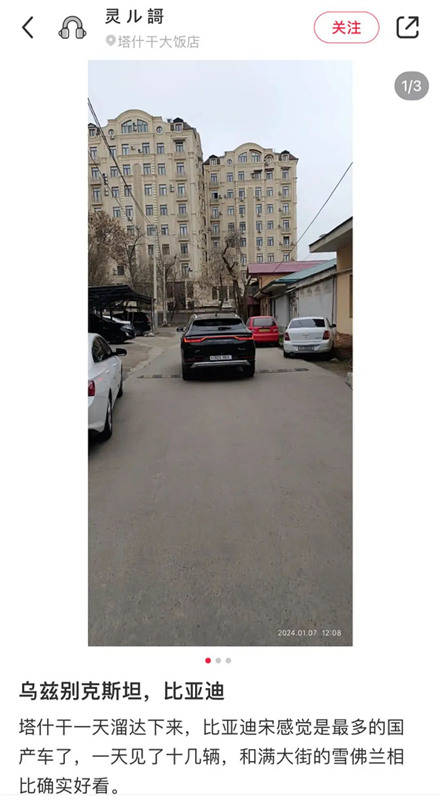
Looking out from a taxi in a foreign country, if the license plate numbers were not different, I would have thought that everyone on the street was from my hometown who had driven abroad.
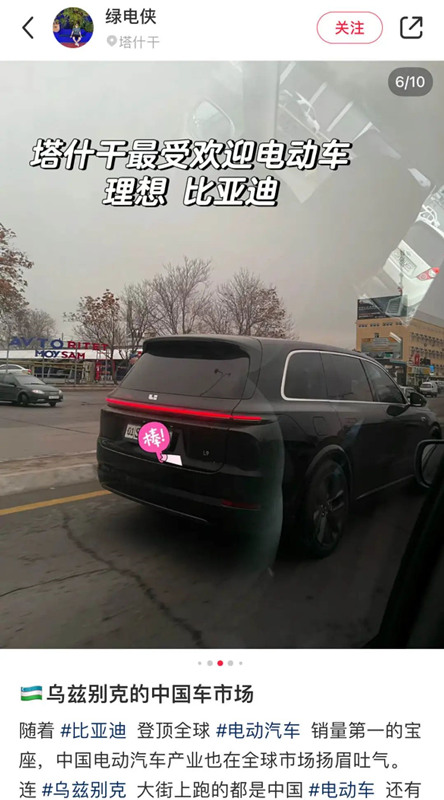
When you take a closer look, the high-end online car-hailing car sitting under your butt is likely to be a domestic new energy vehicle. A few days ago, a car blogger I liked @Electric Emma said that his colleague went to Uzbekistan on a business trip and was picked up by a Xiaopeng G3 at the airport.
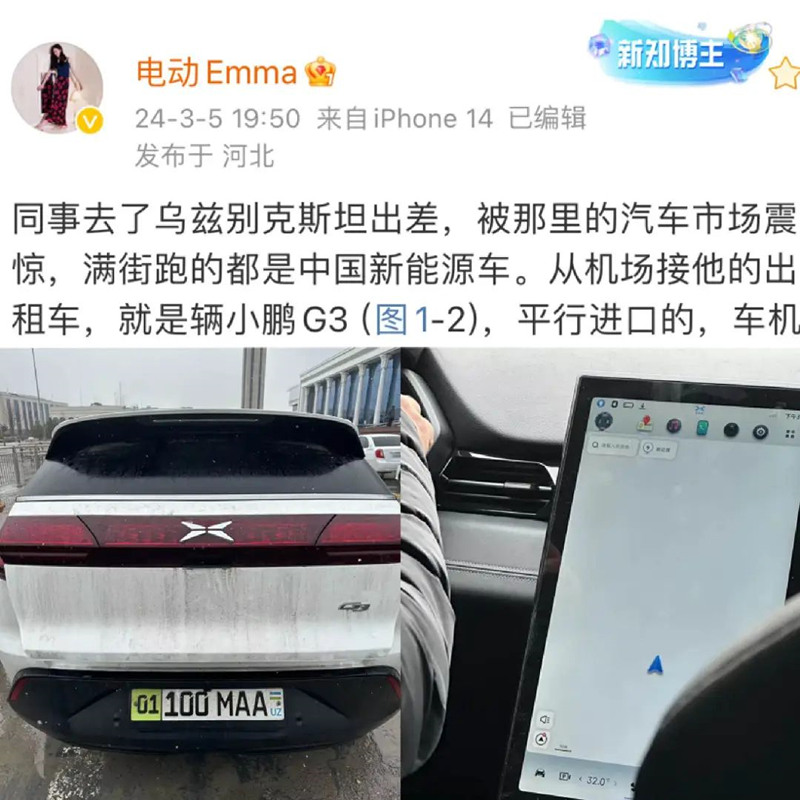
On a sunny day, if there is a shiny car in a pile of cars in the parking lot, likely, it is still China's new energy.
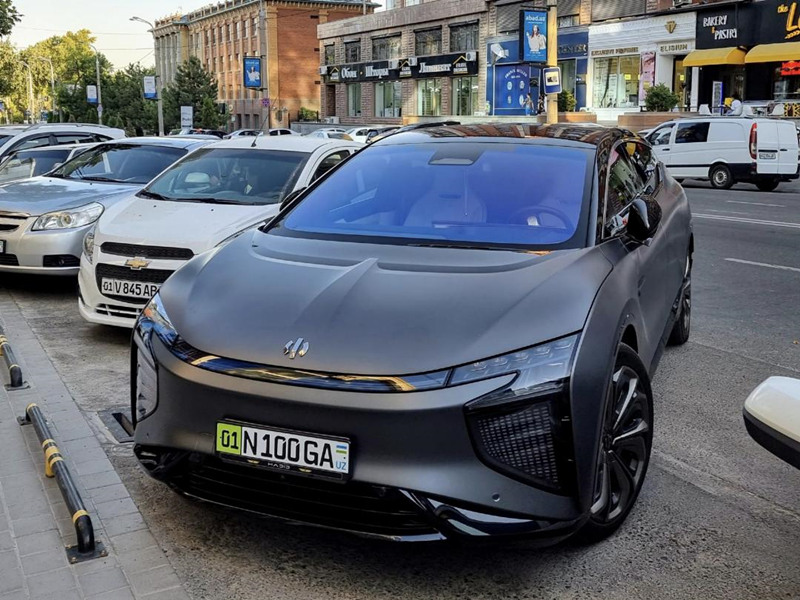
For example, excluding high-end operating vehicles, "whether you see a domestic new energy" in Uzbekistan also depends on the per capita net worth within 5 kilometers of you.
You may not know who the exotic faces sitting in these domestic new energy sources are, but judging from the video on social media, many BYDs wearing big red flowers drove into the big family with high walls and gardens.

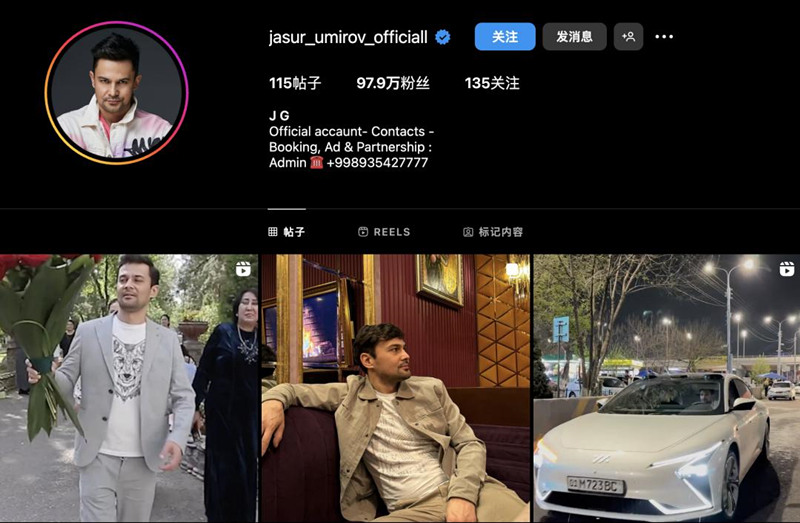
Uzbekistan is a doubly landlocked country, slightly larger than China's Sichuan Province. There is a slang in Sichuan called "Marry a Sichuan-Chongqing mother-in-law and enjoy Pepsi life." If Uzi has such a famous saying, I think it should be "Buy a Chinese tram and enjoy all things prosperous."
How to put it, being able to afford a Chinese new energy vehicle shows that your life is indeed not bad, and even represents success in some aspects.
Take the most common BYD in Uzbekistan, I found a quotation 11 months ago, BYD Han EV Qianshancui limited, the country can probably be below 270,000, at least 50,000 US dollars in Uzi, US knife music, equivalent to RMB fast 40.

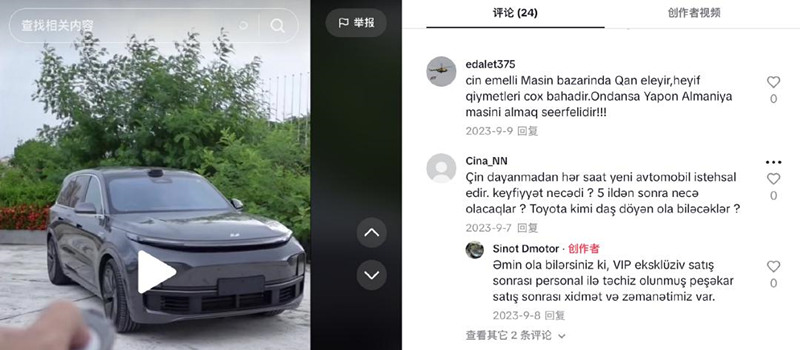
In Kazakhstan, which is next to Uzbekistan, the trend of elite consumption of new energy vehicles in China is even more pronounced.
A little different from the situation of BYD running all over the road on Wuzi Road, Kazakh consumers are like poking the nest of JK. The fast-starting cars on the street are JK cars driven by young people.
Extreme Zeekr 001, Extreme Zeekr 009, and Extreme Zeekr X, a full range of consumers are sought after, is the worship of the rich second generation, is the love of racing drivers, is the father's best coming-of-age ceremony, is the son-in-law driving to the old man's house to move the chopsticks first.
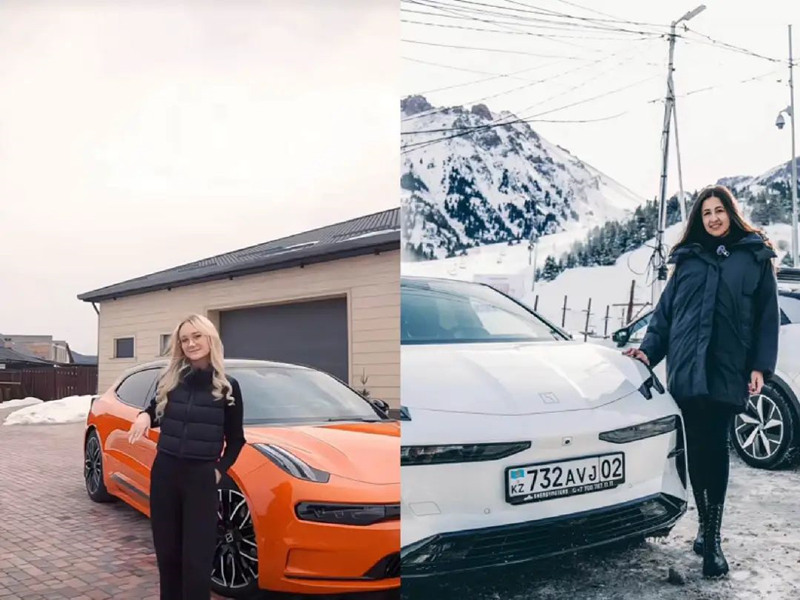
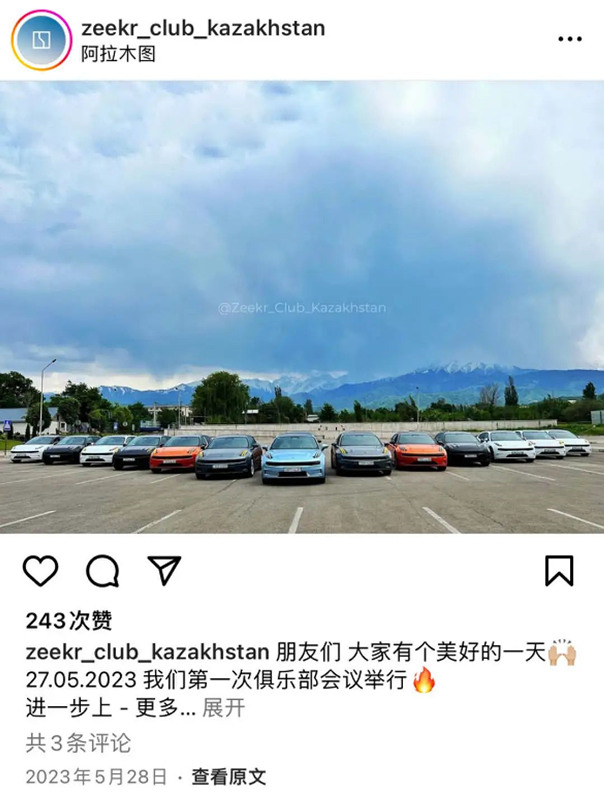
I have been diving in their small group of 4,000 riders for more than half a month, and every day they enjoy solving car problems.Until they found out I didn't have a JK and kicked me out.
Most of their cars are parallel imported cars pulled by carroças from our country's Khorgos port. The cars and machines are all in Chinese. Many functions they do not understand and cannot use. Common help is to reconnect the SIM card.
However, this did not dampen the enthusiasm of my Central Asian friends in the slightest. Looking at the familiar Chinese and large tracts of the Cyrillic alphabet in the photos that kept pouring out, it was like being a neighbor.
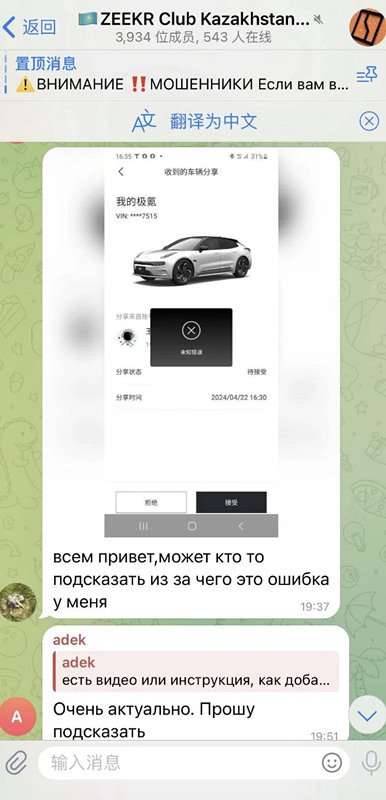
Although they often have to pay half to twice as much as us to buy this car, and the accessories have to be purchased from websites such as Kolesa with a higher premium, the first thing to look at when buying our car is not the price.
Extreme krypton and other such Chinese new energy vehicles have become a kind of social capital in Central Asian society. An Internet celebrity in Kazakhstan interviewed everyone at the wedding of the rich, and the question was about to come up in people's answers.

It is important to note that gasoline prices in Central Asia are relatively low compared to ours, especially in countries like Kazakhstan, which is rich in oil and natural gas. The average gasoline price is below $0.50 all year round.
The temperate continental climate of Central Asia also faces cold winters, such as Kazakhstan, which can be as low as -20 ° C at its coldest, as well as significant delays in charging pile matching, mileage loss, and anxiety. Under various factors, why has China's new energy vehicle become a popular new consumer choice in Central Asia, and even begun to climb rapidly to the top of the car contempt chain?
How did I fall in love with you? I'm asking myself.
The distant savior, the new energy in front of us
In 2023, more than 90% of electric vehicles sold in Uzbekistan will come from China. In the first 10 months, Uzbekistan imported more than 20,000 new energy vehicles from the mainland, six times more than in the same period last year.
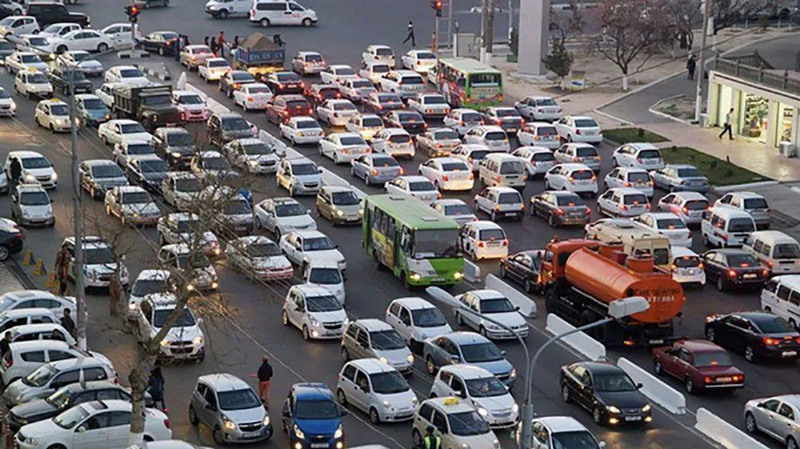
In January 2024, there were nearly 7,700 electric vehicles in Kazakhstan, most of which were from Chinese new energy brands, from parallel imports outside the gate of Khorgos.
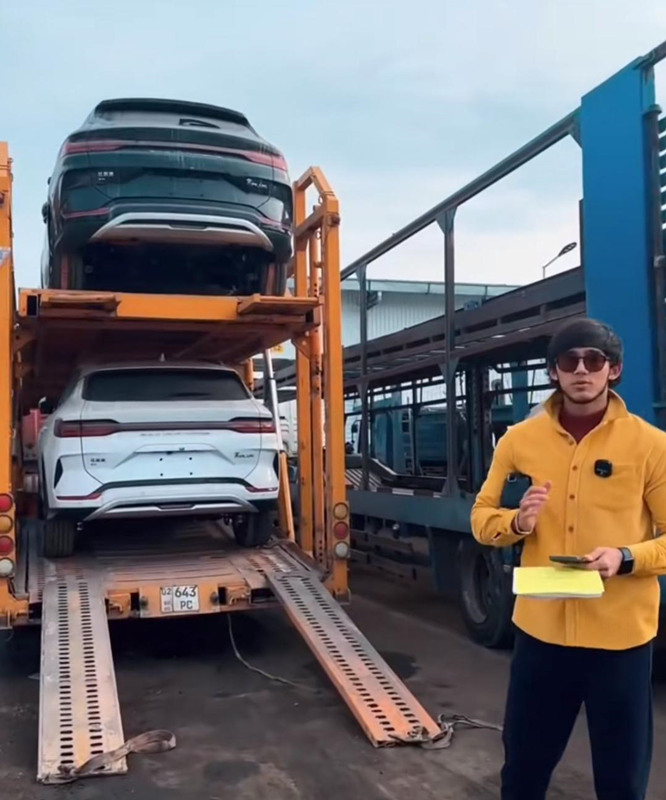
Even in Kyrgyzstan, which is even more backward, more than 4,000 new energy vehicles were imported from China from January to August 2023, while there were only about 30 charging stations in Kyrgyzstan at that time. Consumers will always vote only with real money, and behind the huge jump in sales is the truest consumer demand.
Central Asians are not stupid, and the rich are not stupid. They pursue Chinese new energy vehicles, which are nothing more than - good-looking, comfortable, and cost-effective. It goes without saying that it looks good. In the electric era, China's new energy vehicles have been fully opened in terms of shape and appearance.
Whether it is sports car streamlining, color fusion, technological texture, lamps, kits, or automation, it is almost another set of aesthetic things. New energy vehicles with a strong sense of science fiction, such as high-tech and polar krypton, are not confused for young people in Central Asia.
Comfort is not difficult to understand. In China, there are either new energy sources or car jokes that integrate refrigerators, sofas, and large color TVs. Additionally, there are large mobile smartphones that can occasionally drive themselves, valet parking, and massage Karaoke. However, these are not shortcomings at all in the eyes of Central Asian consumers, especially for high-net-worth, family-owned groups, with spacious space, luxurious interiors, family-friendly adaptations, and a full range of intelligent cars, which is paradise on earth.
As for cost performance, Chinese new energy vehicles are not the most expensive cars in Central Asia. The basic B-class cars of the old BBA still cost more than 80,000 or 90,000 US dollars, and some luxury models start at more than 100,000 US dollars.
However, new energy vehicles from brands like Zeekr and BYD can be selected with a budget of 50,000 US dollars.
Good-looking, comfortable, and cost-effective, these three points are put together, and compared with the outdated fuel vehicles that have been eliminated from the European and American markets in the past long seasons, Central Asian consumers only have one word to say about Chinese new energy vehicles - epoch-making products.
Therefore, even if some people can only use some functions on parallel imported new energy vehicles due to system language restrictions, and have to face imperfect charging facilities and twists and turns in maintenance and repair, they still think that this car is not worth driving.
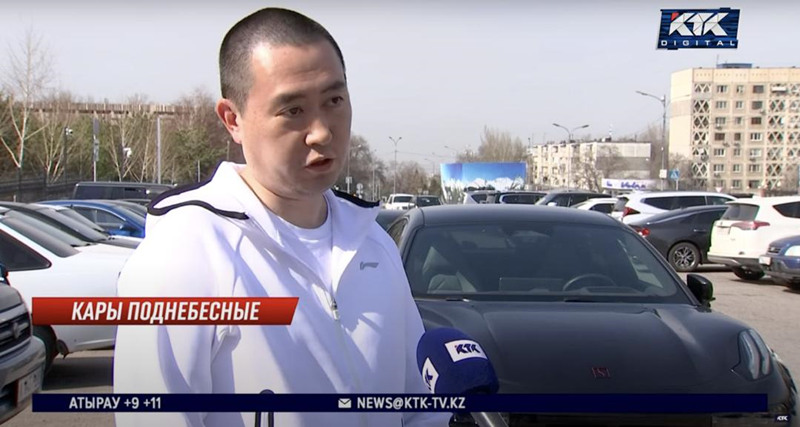
Image source: Kazakhstan TV News "It has been open for two years and the quality is very good"
This difference in the perspective of different market evaluations has shown a miraculous divide in public opinion. For example, two new energy sources that have been discussed and controversial in China recently, the ideal MEGA and Xiaomi SU7, have already been obtained.
In the former, the netizens in Central Asia did not have any negative associations of promotion and wealth and were looking forward to the improvement of the comfort of this car.
In the latter case, people didn't care about Lei Jun's family life and marketing strategies. Young people were just surprised by the car's standard speed and lightness.
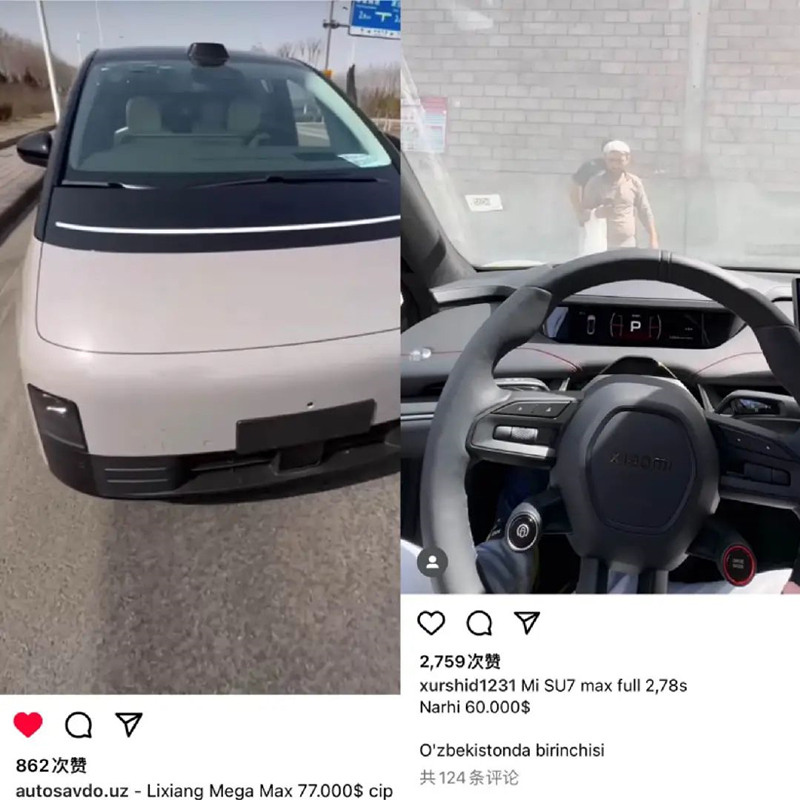
Regarding China's new energy vehicles, more market changes continue to occur in Central Asia.
BYD's joint venture factory in Uzbekistan has officially started construction. Parallel imports are likely to become a thing of the past after the official decision. Of course, it is also possible that it will be more expensive. After all, the words "original import" represent a huge temptation to people in any market.
There are more and more official flagship stores of Chinese new energy vehicles in Central Asia, which are becoming more and more luxurious and localized. At the event press conference, the scene is always full of gongs and drums, firecrackers, and great scholars talking and laughing, and there are no ordinary people coming and going.
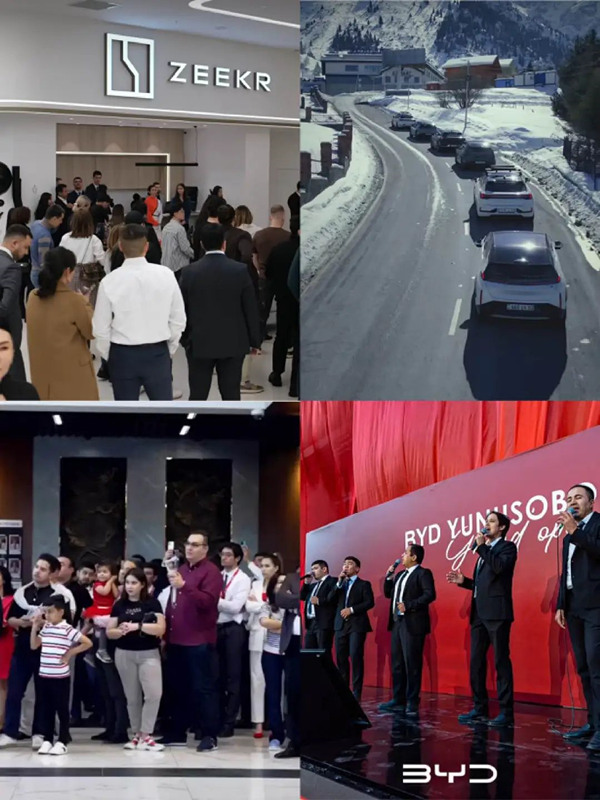
This inevitably reminded me of this year's Beijing Auto Show, where there seemed to be a lot of foreigners surrounding the Chinese New Energy booth, including Germans, Japanese, Koreans, CEO's, reporters, and engineers. Some stood for a long time, and some took out a tape measure.
This may not mean anything, but it at least shows that the world is changing.
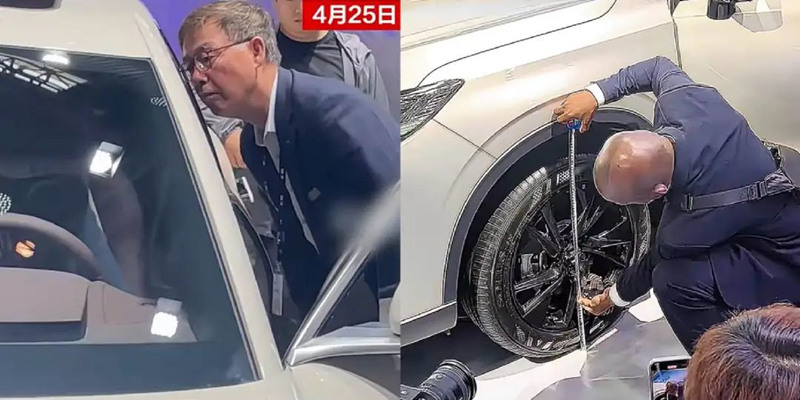
There has been a long-standing debate on the Chinese Internet, that is, are we on the wrong track with domestic new energy?
Zhihu has a respondent named @screwLoscock who told an interesting story. A taxi driver in Uzbekistan bought a BYD Song high-end online car, and now he earns about 83.56 US dollars a day. Ask him if he made a mistake.
We may still have a long way to go, just as this auto show is bound to be the last glimpse of some brands. There will be detours, problems will arise, and tomorrow will be a more complicated roam. But this time, we are part of that drastic change. The savior who does not know when will come is too far away, and domestic new energy vehicles are in front of everyone.
In the process of searching for this information, some details quite touched me. Or the young couple brought up a new car, or the neighbors took turns to visit whose polar krypton, the buildings in the background reminded me of the familiar old China, my childhood.

What is more familiar is the way they look at the car.
In 1997, I saw a Santana 2000 driving into our village for the first time, driving slowly, with the lights swaying. That day I followed the car for a long time, like everyone else, with my mind fixed on some beautiful life in the future.
------------------------------------------------------------------------------------------------------------------------------------------------------------------------------------------------------------------------------------------------



